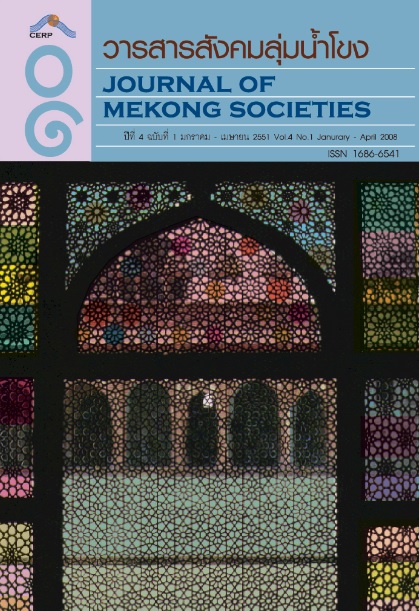Sustainable Development in Chinese Rural Dwelling, Case Study: Lan Village, Liaoning Province
Main Article Content
Abstract
Rural dwellings differ from those in cities because rural dwellers generally have limited wealth. Therefore, construction costs and resources must be managed in the most efficient manner. This factor has had significant influence on the style, scale, materials, construction methods, and dwellers’ patterns of living. Rural dwelling styles have evolved slowly from the past until now. Lan Village in northeast China is an example. Its evolution, however, can be seen as an example of strong and sustainable progress. The regional style of dwellings has been widely used in villages even up until now because it can meet most of the residents’ needs. It is environmentally appropriate, cost effective, easy to build by using local resources and skill, strong and durable, and flexible in function. Moreover, its appearance is pleasing to the public, and in harmony with both local culture and the dwellers’ contemporary way of life.


